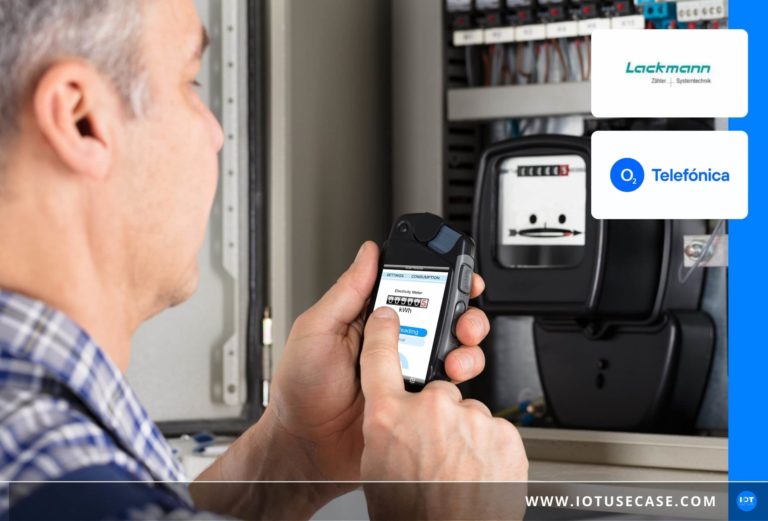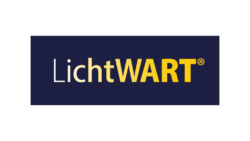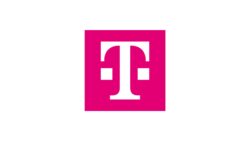Illuminated signs, light installations and ambient lighting are real eye-catchers at night. But the wow effect only happens if the systems are constantly monitored and regularly maintained. A modern solution like the LichtWART Cloud uses sensor technology and the Internet of Things for this purpose.
The challenge: Lighting systems are high-maintenance
Outdoor advertising with light and ambient lighting is attractive for commercial users: colorful fluorescent tubes or LEDs attract attention and create wow effects. But lighting installations, for example for advertising or the high-impact illumination of facades and pathways, must be as efficient as possible for both manufacturers and operators: Low costs, few malfunctions, simple maintenance.
Since very few lighting systems are integrated into the internal building services, users do not have an effective way to monitor the system, preselect operating times, and regulate light levels. And if failures and malfunctions occur, they often remain undetected for a long time. This may cause image damage, because flickering and partially invisible light installations look unprofessional.
In addition, service and repair have high costs, as two trips are often necessary: Once for damage assessment, a second time for repair. In addition, there are new laws: The specifications for reducing light immissions are being tightened, so operators will have to replace older lighting systems that are difficult to regulate.
The solution: Remote monitoring with the Internet of Things
The Industrial IoT offers a simple way to remotely monitor lighting systems of all types while automating processes. For manufacturers and operators of lighting systems, the startup LichtWART together with the Deutsche Telekom has developed a solution. This can be integrated, but also provides an easy way to retrofit existing equipment.
The heart of the solution is the LichtWART module, which was developed in cooperation with Telekom. It provides connectivity to conventional power supplies with DALI bus. It has its own light sensor so that the brightness of the equipment can be adjusted to the ambient brightness. In addition, it has an IoT connection and an antenna, so that the data can be transmitted via Telekom’s mobile network into the Cloud of Things. From there, they migrate to the LichtWART cloud, where they are analyzed and displayed in a clear dashboard – on any computer as well as smartphones and tablets.
By connecting to the DALI power supplies and the connected light sensor, the status of all luminaires and all additional devices (converters) is displayed. Should a failure occur, the system will generate an alert: an email to one or more pre-determined individuals. This can be an internal employee, for example, but also an external service technician.
Operators can also use the cloud to configure the systems, switch them on and off, and set automatic rules for switching and dimming. In case of malfunctions, they immediately recognize which components of the entire lighting system are malfunctioning. This even works in the event of a power failure: A buffer battery in the LichtWART module ensures that the failure is reported.
The result: Fast and efficient maintenance or repair
The LichtWART is the ideal solution for larger lighting installations with ambient effects such as flagship stores, advertising towers or a commercial building like the “Berliner Bogen” in Hamburg. Operators can optimize process costs, as automatic error messages simplify the process and service technicians are directly on site with the right spare parts.
Service agreements with defined response times through automated processes reduce potential damage to image or sales. In addition, in the event of a partial failure, the system can turn off the rest of the system so that defective lights are not visible. The dynamic lighting control possible via the system, flexible switching times, and direct access to the installations via an internet browser enable significant energy savings.
In addition, light emissions can be reduced by adjusting dimming settings. As a result, the system is directly adapted to a future tightening of the emission law. Since there will be verification requirements, the LichtWART Cloud can log all settings. The possible retrofit also allows operators to automatically switch and dim old systems via the cloud.







